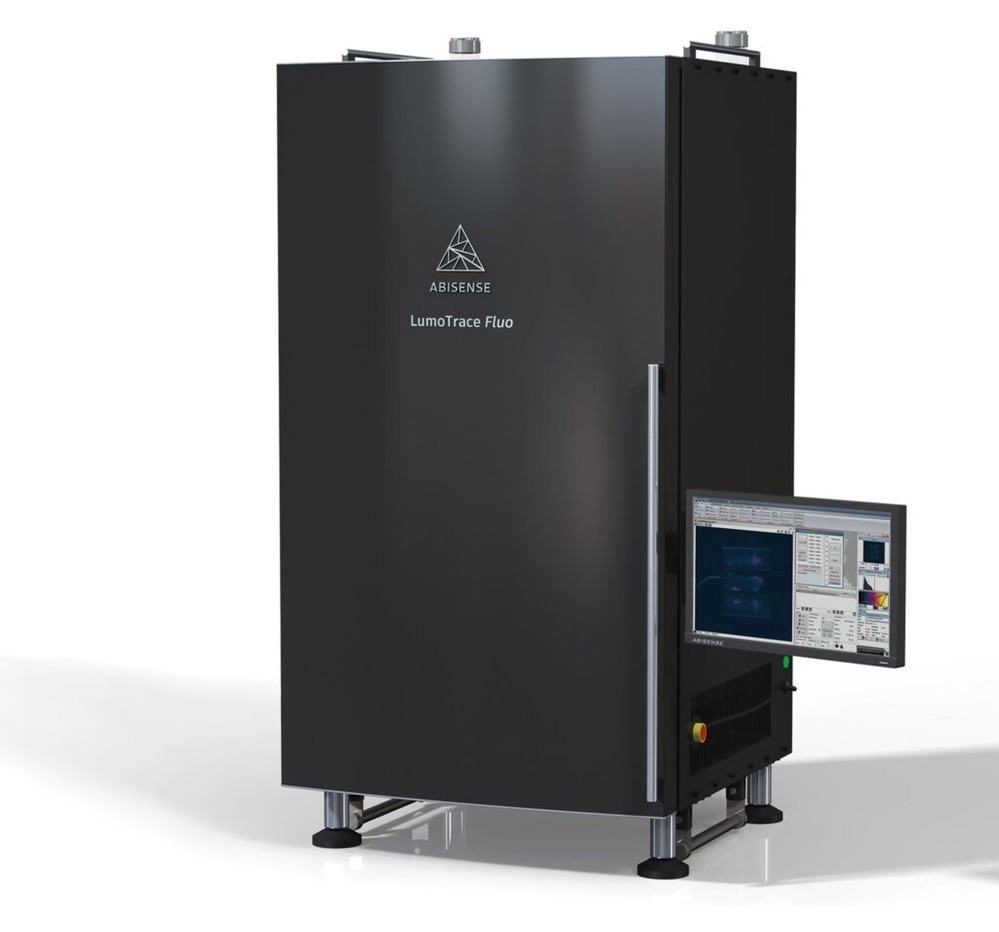Catalog
Search
619 products
View:
- Selected: 1Areas of use
- Selected: 0Item names
- Selected: 0Manufacturer
- Selected: 0Made in
- Selected: 0Additional
View:
619 products
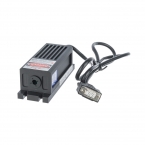
Green DPSS Laser 520nm KLM-520-x
DPSS lasers of the KLM-520/x series are optimal sources of coherent radiation for the construction of control and automation systems, alignment and marking devices, for scientific and medical purposes.
FTI-Optronik
Saint Petersburg
Produced in: Saint Petersburg

Tracing generator AG-120T
from
238 050 ₽
The AG-120T generator is designed for localization and diagnostics of underground utilities (cables, pipelines).
The maximum power of the generator is from 120 W to 270 W (depending on the selected operating modes).
The device has no equal in the qualitative indicator of the ratio: power-resource-dimensions-weight.
Application of the AG-120T generator
To trace communications by electromagnetic method (cables, metal pipelines) and acoustic method (metal and NON-metallic pipelines).
To perform a highly efficient search for cable damage sites.
To carry out diagnostics of gas pipelines and determine the places of damage to the insulation of protective coatings.
To work with any receiver thanks to the possibility of selecting any operating frequency in the range of 200-10000 Hz.
the features of the AG-120T generator
Automatic matching for a given current in the load, instead of the output power, allows you to get the predicted signal level at the input of the search receiver.
The multi-frequency (200-10000 Hz) multifunctional device can be equipped with any search receiver using this frequency range.
Automatic selection of output power by an “intelligent” power selection program.
The built-in “output multimeter” shows the voltage, current, resistance and power in the load.
High output current (up to 15 A) makes it possible to work efficiently on “low-resistance” (up to short-circuit) loads (for example, grounded pipelines).
High output voltage (220 V auto./330 V with complement. battery) allows you to effectively trace “high-resistance” long-range communications.
Multifunctionality: operation without direct connection with a resonant transmitting antenna, inductive pliers, a shock mechanism and an isolation monitoring sensor.
Ability to work in rainy weather (on/off; viewing parameters with the lid closed).
TEKHNO-AS
Kolomna
Produced in: Kolomna, Moscow region
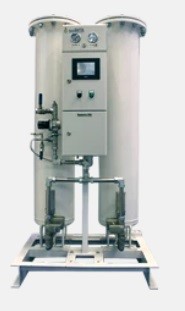
Oxygen concentrator "Provita-800M"
Devices capable of generating oxygen have found the widest application in various fields of medicine. The equipment is also used in training centers, educational institutions and oxygen rooms.
Medical oxygen concentrators allow to accelerate the recovery of patients suffering from cardiovascular diseases, chronic respiratory diseases, as well as other pathologies that make it difficult to saturate the blood with oxygen. This equipment is a mandatory equipment for anesthesiology and intensive care units. Oxygen concentrators demonstrate high efficiency in restorative treatment. Unlike oxygen sources, which use compressed gas, generators are characterized by high safety and efficiency
Capacity:
800 l/min
48.0 m3/h
63.8 kg/h
Oxygen purity: 95 %
Oxygen pressure: 4-5 bar
PROVITA
Saint Petersburg
Produced in: Saint Petersburg

Mobile laboratory for housing and communal services TECHNOAS
• Description of the TECHNOAS Housing and Communal Laboratory
o – Used for hydrodynamic flushing and emergency cleaning of sewage from sludge, sand, grease, household and industrial waste in sewer pipes.
o – Determining the location of underground utilities.
o – Search and tracing of metallic and non-metallic pipelines.
o – Determination of leakage coordinates by acoustic method in underground pressure steel, cast iron and plastic pipelines of heat and water supply systems, regardless of the depth of their laying, the type of soil, determining the exact location of the pipeline and the depth of its occurrence.
o – Search for manholes of wells under a layer of snow, soil, asphalt.
o – Analysis of the technical condition of the internal cavities of pipelines with a diameter of 60-2000 mm.
TEKHNO-AS
Kolomna
Produced in: Kolomna, Moscow region
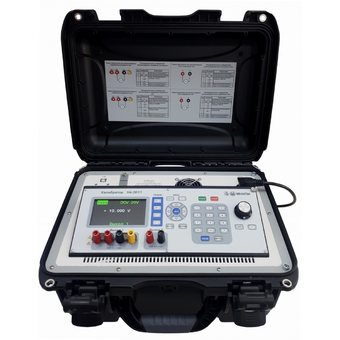
Universal calibrator H4-301/1
Technical specifications:
Voltage reproduction range Uk 200 mV 0.07 + 0.01
DC: from 50 MV to 600 V, Uk 2 V 0.05 + 0.005
sub-bands (UK) 200 MV; 2; 20; 200; 600 V Uk 20 V 0.05 + 0.005
Basic error, ± (% of U + % of Uk): Uk 200 V 0.07 + 0.01
Uk 600 V 0.1 + 0.02
Voltage reproduction range Uk 200 mV 0.2 + 0.05
AC: from 1 mV to 600 V, sv. 20 to 40 kHz 0.2 + 0.1
sub-bands (Uk) 200 mV; 2; 20; 200; 600 V Uk 2; 20 V 0.15 + 0.02
Basic error, ± (% of U + % of Uk): from 20 Hz to 20 kHz 0.15 + 0.02
Uk 200 V; 600 V: 0.2 + 0.05
from 40 Hz to 1 kHz 0.2 + 0.05
DC power reproduction range: from 1 Ma to 200 mA,
sub-bands (Ic) 200 Ma; 2; 20; 200 mA Ic 200 Ma 0.1 + 0.02
Basic error, ± (% of I + % of Ic): Ic 2; 20; 200mA 0.1 + 0.01
Power reproduction range
AC: from 10 Ma to 200 mA,
sub-ranges (Ic) 200 Ma; 2; 20; 200 mA 0.15 + 0.05
Frequency range from 20 Hz to 1 k Hz
Basic error, ± (% of I + % of Ic):
USB interface
Operating temperature range from minus 10 to +50 C
Dimensions; weight 428×327×235× mm; 10 kg
MNIPI
Minsk
Produced in: Belarus, Minsk

Membrane nitrogen plants
A membrane nitrogen plant is a set of special equipment designed to produce nitrogen from atmospheric air by the method of membrane separation at a pressure of up to 25 bar.
The production of nitrogen in this technological process is based on the principle of separation of gas mixtures in a membrane module, due to the different penetration rates of the components of the gas mixture through polymer membranes and the differential partial pressures on both sides. In the case of separation of the air mixture, oxygen has a greater permeability than nitrogen. The difficult-to-penetrate gas components (N2, CH4, CO) pass along the entire length of the generator and then come to the consumer. The output is a gas mixture with an N2 content of up to 99.9%.
The membrane installation allows to obtain high-pressure production gas (nitrogen).
The composition of a standard membrane nitrogen production plant:
Air compressor;
Dehumidifier;
Main filter block, including coal column;
Air receiver;
Membrane generator;
Production gas receiver.
PROVITA
Saint Petersburg
Produced in: Saint Petersburg
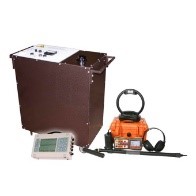
Portable Electrical Laboratory for cable damage detection by Acoustic and Induction method Athlete KAI-1.502 (IDM)
Appointment Athlete KAI-1.502 (IDM)
• Search for a live cable.
• Detection of the passage of hidden communications (metal pipelines, cable lines).
• Preliminary detection of the distance to the place of damage.
• Search for places of cable damage in an acoustic way.
• Search for places of cable damage by electromagnetic means.
The presence of the "Friend-Foe" mode.
TEKHNO-AS
Kolomna
Produced in: Kolomna, Moscow region
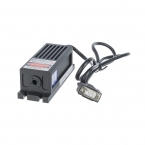
Green DPSS Laser 510 nm KLM-510-x
DPSS lasers of the KLM-510/x series are optimal sources of coherent radiation for the construction of control and automation systems, alignment and marking devices, for scientific and medical purposes.
FTI-Optronik
Saint Petersburg
Produced in: Saint Petersburg
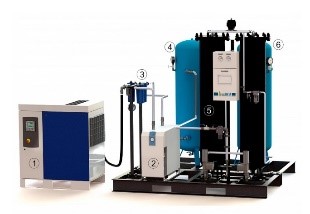
Adsorption nitrogen plant
Adsorption nitrogen plant is a set of equipment for the production of nitrogen from atmospheric air by short–cycle heat-free adsorption at a pressure of up to 13 bar.
The adsorption nitrogen plants of the Provita company allow to produce nitrogen with a purity of up to 99.9999%. The capacity of the plants ranges from several liters per minute to hundreds of cubic meters per hour.
The basis of the installations are nitrogen adsorption generators developed and manufactured by our company. A carbon molecular sieve with a developed microporous structure is used as an adsorbent. The gas generator requires dry compressed air with a pressure of at least 6 bar to operate, so the installation includes an air compressor, as well as a dehumidifier and an air receiver (if they are not part of the compressor).
The source air must be cleaned of dust and oil, which is carried out by the main filters included in the installation or directly by the nitrogen generator. The nitrogen receiver is used for the accumulation of production gas.
PROVITA
Saint Petersburg
Produced in: Saint Petersburg
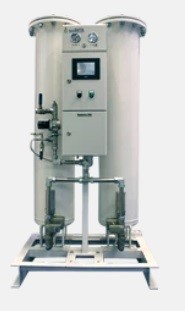
Oxygen concentrator "Provita-1000M"
Devices capable of generating oxygen have found the widest application in various fields of medicine. The equipment is also used in training centers, educational institutions and oxygen rooms.
Medical oxygen concentrators allow to accelerate the recovery of patients suffering from cardiovascular diseases, chronic respiratory diseases, as well as other pathologies that make it difficult to saturate the blood with oxygen. This equipment is a mandatory equipment for anesthesiology and intensive care units. Oxygen concentrators demonstrate high efficiency in restorative treatment. Unlike oxygen sources, which use compressed gas, generators are characterized by high safety and efficiency
Capacity:
1000-1100 l/min
60.0-66.0 m3/h
79.8-87.7 kg/h
Oxygen purity: 95 %
Oxygen pressure: 4-5 bar
PROVITA
Saint Petersburg
Produced in: Saint Petersburg

“125 TBK” thermal vacuum chamber by SM Klimat
from
4 278 000 ₽
Thermal vacuum chamber TBK 125 is a test equipment for all types of studies where reproduction of modes is required: heat, cold, pressure. Specifications: Minimum stabilized temperature, °С — -70; Maximum stabilized temperature, °С — 150; Time to enter the mode, up to — Up to 2 hours; The accuracy of maintaining the temperature at the control point in the steady state is not worse, ° С - ± 1; Cooling type - Air; Discreteness of temperature indication, °С — 0.1; Operating temperature setting resolution, °С — 0.1; Permissible deviation, no more than , ° С - ± 1; Working pressure range (absolute value) mm. rt. Art. - From atmospheric ... to 1; Mode of operation - long-term; Programming the maximum shutdown temperature - yes; Viewing window - yes; Number of shelves, pcs. - 1; Load on the shelf no more than, kg - 40; Power supply - 380±20 V, three-phase, 50±0.5 Hz.
SPM KLIMAT
Saint Petersburg
Produced in: Saint Petersburg
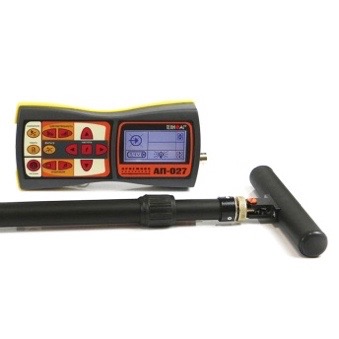
Cable Finder Success KBI-406N
from
82 110 ₽
A digital multifunctional tracer device with a large LCD display and sound output both to the built-in speaker and to the operator's headphones.
Purpose of the cable finder Success KBI-406N
• – Search for live electrical cables.
• – Search for places where the pipeline and cable intersect.
• – Determination of the occurrence of underground utilities at a depth of up to 6 m.
• – Survey of the territory before excavation.
Features of the AP-027 receiver
• – Digital traceroute receiver.
• – Large LCD display with switchable operating modes.
• – Audio signal output both to the built-in speaker and to the operator's headphones.
• – Wide range of operating frequencies (50 / 100 / 512 / 1024 / 8192 / 32768 Hz, Wide Band 50...8600 Hz).
• – Possibility to additionally connect an acoustic sensor (leak detector / flaw detector function).
• – Enclosure protection class IP54.
TEKHNO-AS
Kolomna
Produced in: Kolomna, Moscow region
